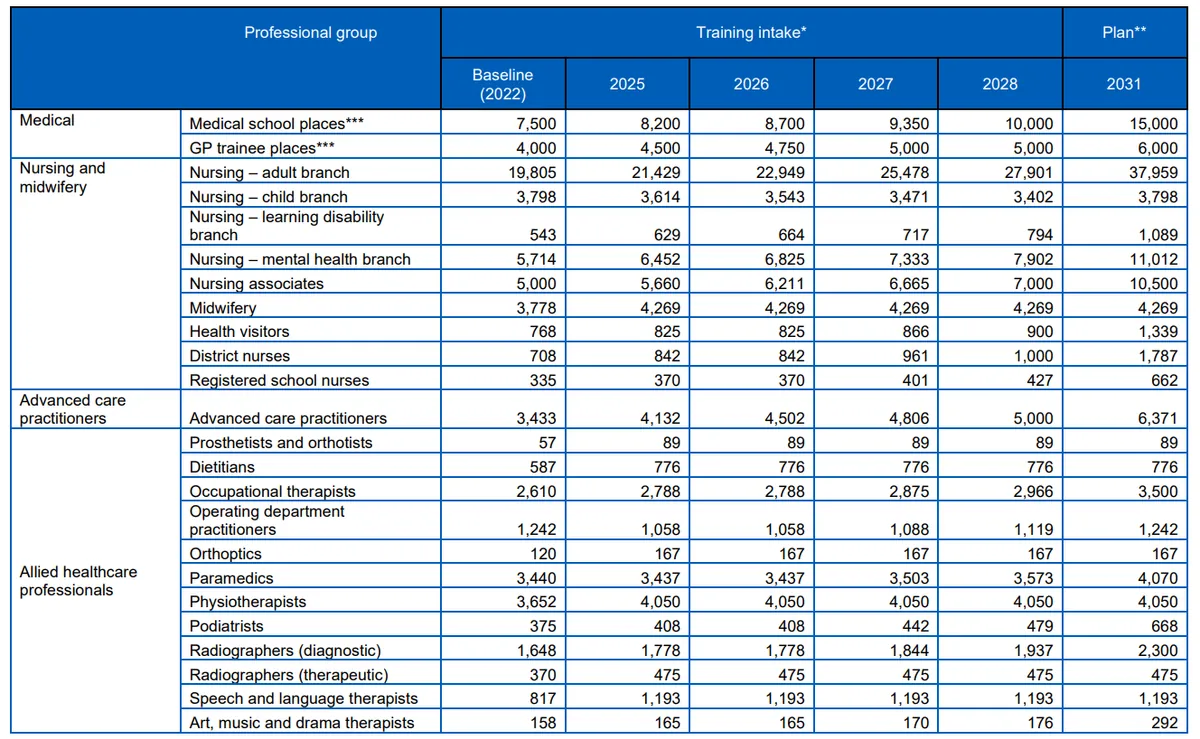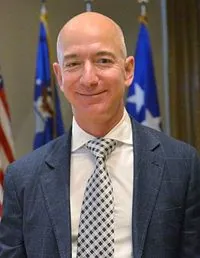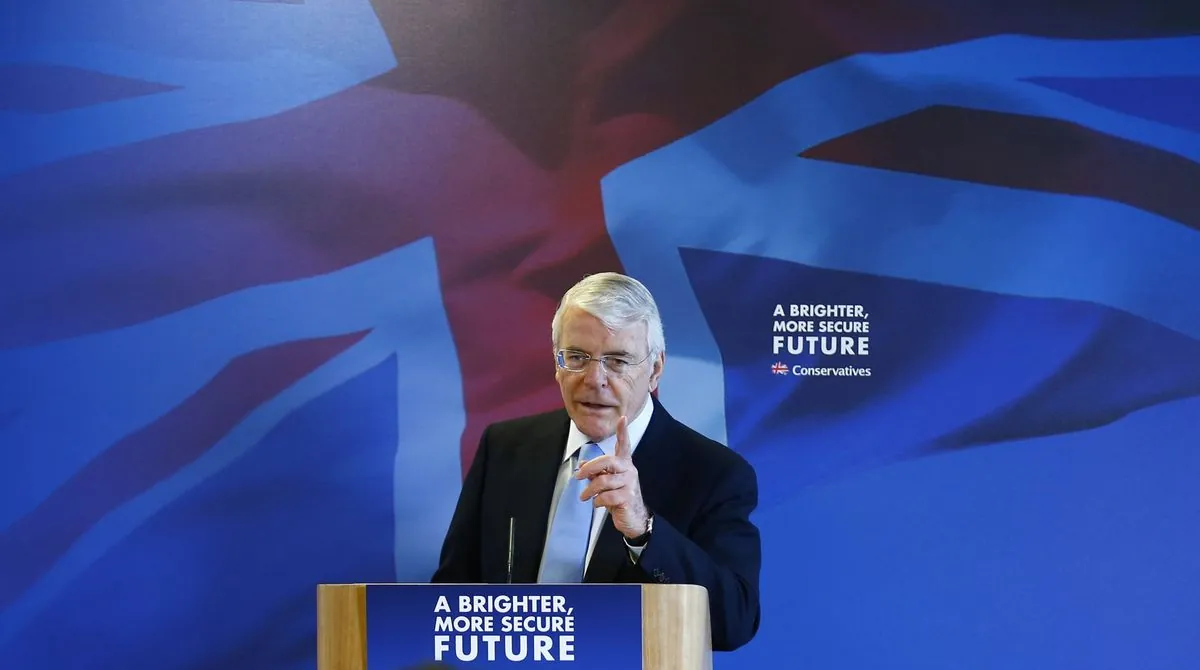UK Junior Doctors Secure 22% Pay Rise After Prolonged Negotiations
British junior doctors accept a 22% pay increase over two years, ending 18 months of industrial action. The deal outpaces other public sector agreements and private sector wage growth, addressing long-standing pay concerns.

British Medical Association members have accepted a government offer of a 22% pay increase over two years, concluding 18 months of industrial action. This agreement represents the most substantial pay rise among public sector workers in nearly two years of labor disputes.
The deal will boost first-year junior doctors' salaries by 24% over two years, reaching £36,616. This figure surpasses the average private sector income of £36,053 for the first time in years. More experienced junior doctors will see their pay rise by £12,027 to £70,425.
In comparison, nurses who engaged in half as many strike days received an 11% increase, bringing their pay to £29,969. Teachers saw a 13% rise, while police officers, who cannot strike, received a 12.1% increase. Army privates came closest to junior doctors with an 18% raise, though their basic pay remains at £25,200.

The junior doctors' pay rise significantly outpaces private sector growth. Since 2022, average private sector salaries have increased by 14%, or £4,337. In contrast, new junior doctors have seen a £7,242 increase, 50% higher than the private sector.
It's important to note that these figures don't include the generous NHS pension scheme. An independent pension consultant previously stated that a junior doctor earning the third-year average pay of £40,257 could retire after 40 years with an NHS pension of £29,790, now potentially increasing to £35,000. This contrasts sharply with the national average pension of around £20,000.
The British Medical Association, founded in 1832, represents approximately 160,000 doctors and medical students. Junior doctors, who typically work for 5-8 years before becoming specialists, often face challenging conditions, including responsibility for up to 400 patients on a single shift and working weeks of up to 72 hours during night shifts.
Since 2011, private sector pay has grown by about 8% in real terms. However, many public sector roles have seen pay cuts when adjusted for inflation. Junior doctors experienced a 13% real-wage decrease before the strikes, according to the Nuffield Trust. This historical context explains the intensity of recent negotiations.
The NHS, established in 1948 and now the fifth-largest employer globally, faces significant funding challenges. With about 65% of its £180 billion budget allocated to staff wages, accommodating future pay increases may prove difficult. The health service also grapples with a shortage of around 100,000 staff, adding pressure to existing employees.
Danny Mortimer, chief executive of NHS Employers, expressed relief at the agreement but cautioned that "there is still a long way to go to address all the issues raised by resident doctors."
"Health leaders will breathe a massive sigh of relief, but there is still a long way to go to address all the issues raised by resident doctors."
As the dust settles on this landmark agreement, the focus now shifts to the long-term sustainability of NHS funding and addressing the broader challenges facing the UK's healthcare system.


































